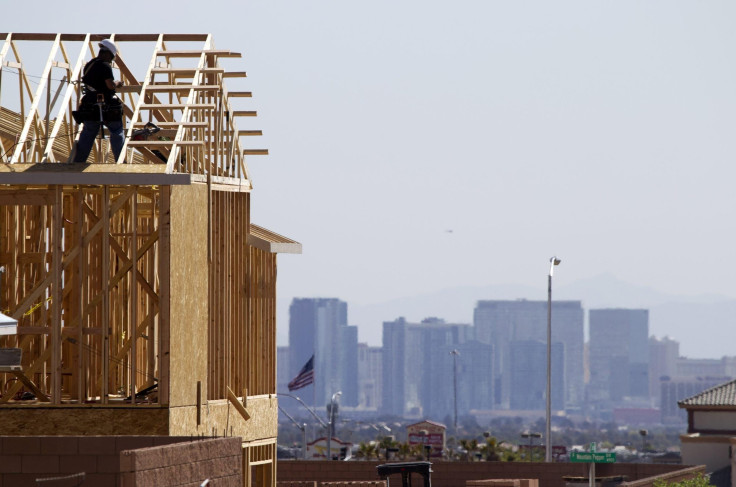Case-Shiller: US Home Price Growth Continues To Slide; December Prices Up 4.6%, Down From 4.7% In November

The increase in U.S. home prices slowed in December amid light inventories and tight lending that has curbed housing market activity, according to a closely watched monthly survey released Tuesday. The Standard & Poor's/Case-Shiller home price index, which covers all nine U.S. census divisions, recorded a 4.6 percent annual gain in December compared with 4.7 percent in November.
Economists surveyed by Bloomberg called for a 4.3 percent advance, indicating that home prices are rising more than expected even if they declined slightly at the end of 2014. The U.S. housing market has started the year somewhat disappointingly, with a tight housing supply pushing prices above the pace of inflation.
“The housing recovery is faltering,” David M. Blitzer, chairman of the Index Committee at S&P Dow Jones Indices, said in a statement. “While prices and sales of existing homes are close to normal, construction and new-home sales remain weak.”
The announcement comes a day after a survey from the National Association of Realtors showed purchases of previously owned homes fell more than expected in January, by 4.9 percent, to an annualized rate of 4.82 million. The downturn suggests a tighter supply of housing is raising prices. New-home construction declined last month by 1.6 percent, while existing-home sales fell 6.1 percent, to 4.93 million, and new-home sales fell 1.6 percent, to 438,000.
The Standard & Poor's/Case-Shiller index of 20 key metropolitan areas showed a year-over-year increase in home prices in December of 4.5 percent compared with 4.3 percent in November. The biggest year-over-year increases were in San Francisco and Miami, where prices increased 9.3 percent and 8.4 percent, respectively. Cleveland, Denver and Seattle were among a dozen cities that saw prices rise over the previous 12 months to December compared with the previous month’s year-over-year gain.
© Copyright IBTimes 2024. All rights reserved.












